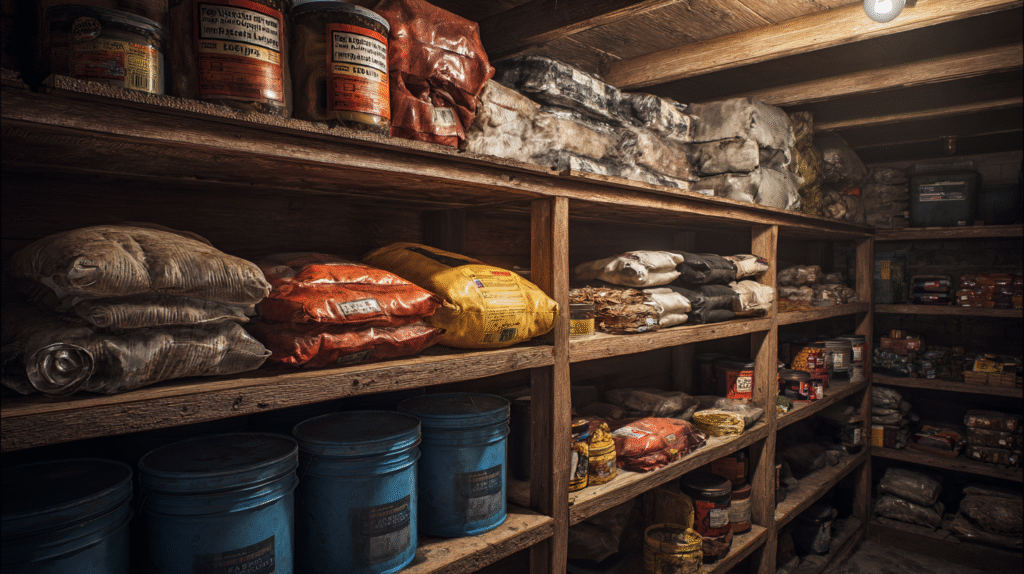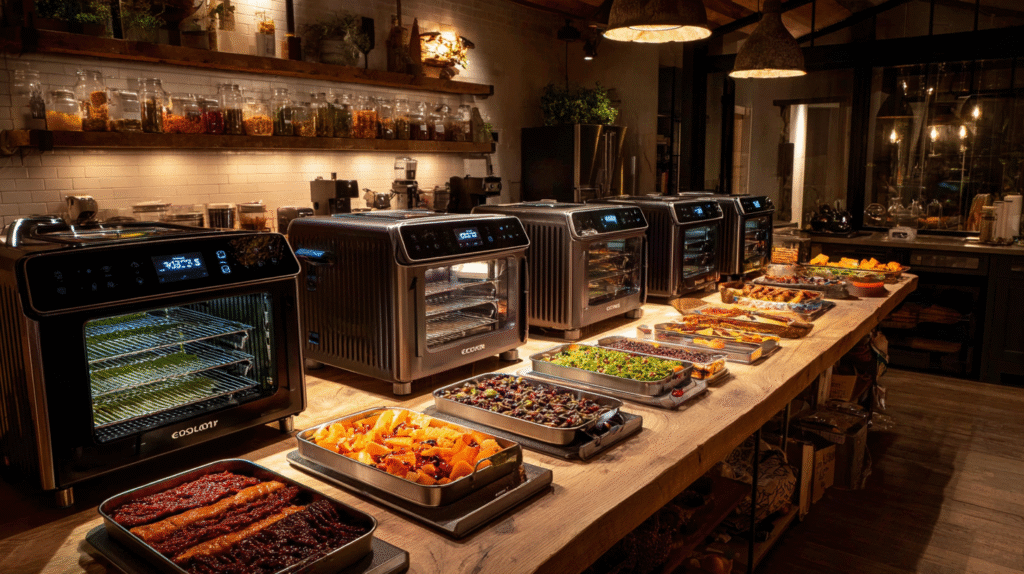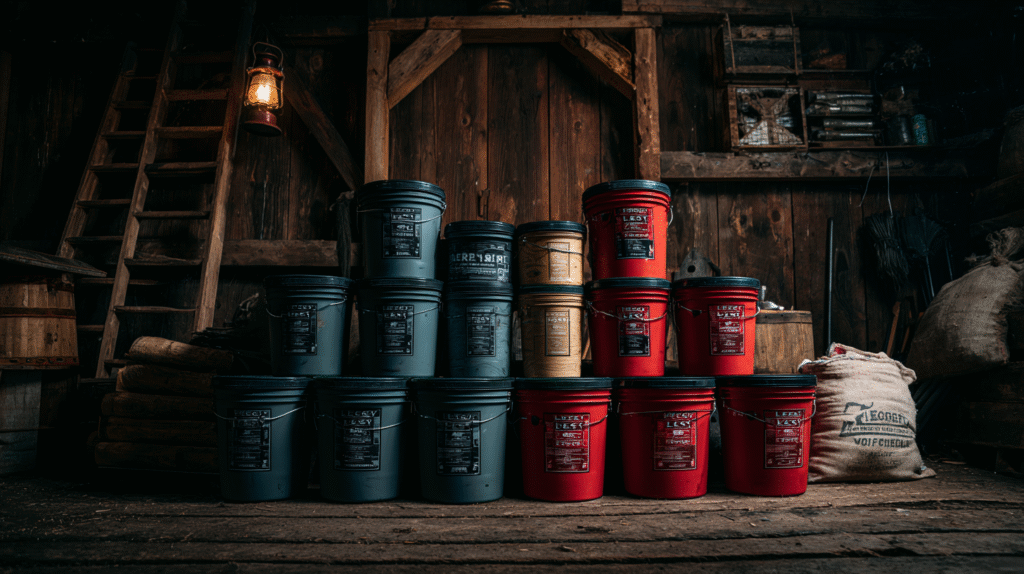Introduction
In today’s uncertain world, one lesson stands above all: food security equals peace of mind. Between rising grocery costs, supply chain disruptions, and increasingly unpredictable natural disasters, relying solely on last-minute grocery runs is risky. Preppers know that the right survival food kit can mean the difference between hunger and confidence during a crisis.
These kits are more than just bags of freeze-dried meals—they’re carefully designed systems that provide long shelf life, balanced nutrition, and simplicity under stress. Freeze-dried meals remain a staple for many preppers—see the best freeze-dried foods for preppers for top options. Whether you’re preparing for a hurricane, a blackout, or long-term economic uncertainty, investing in the right kit ensures your family stays nourished.
In this guide, we’ll explore the best survival food kits for preppers in 2025, what makes them reliable, how to choose the right one for your needs, and tips for incorporating them into your overall food storage plan.
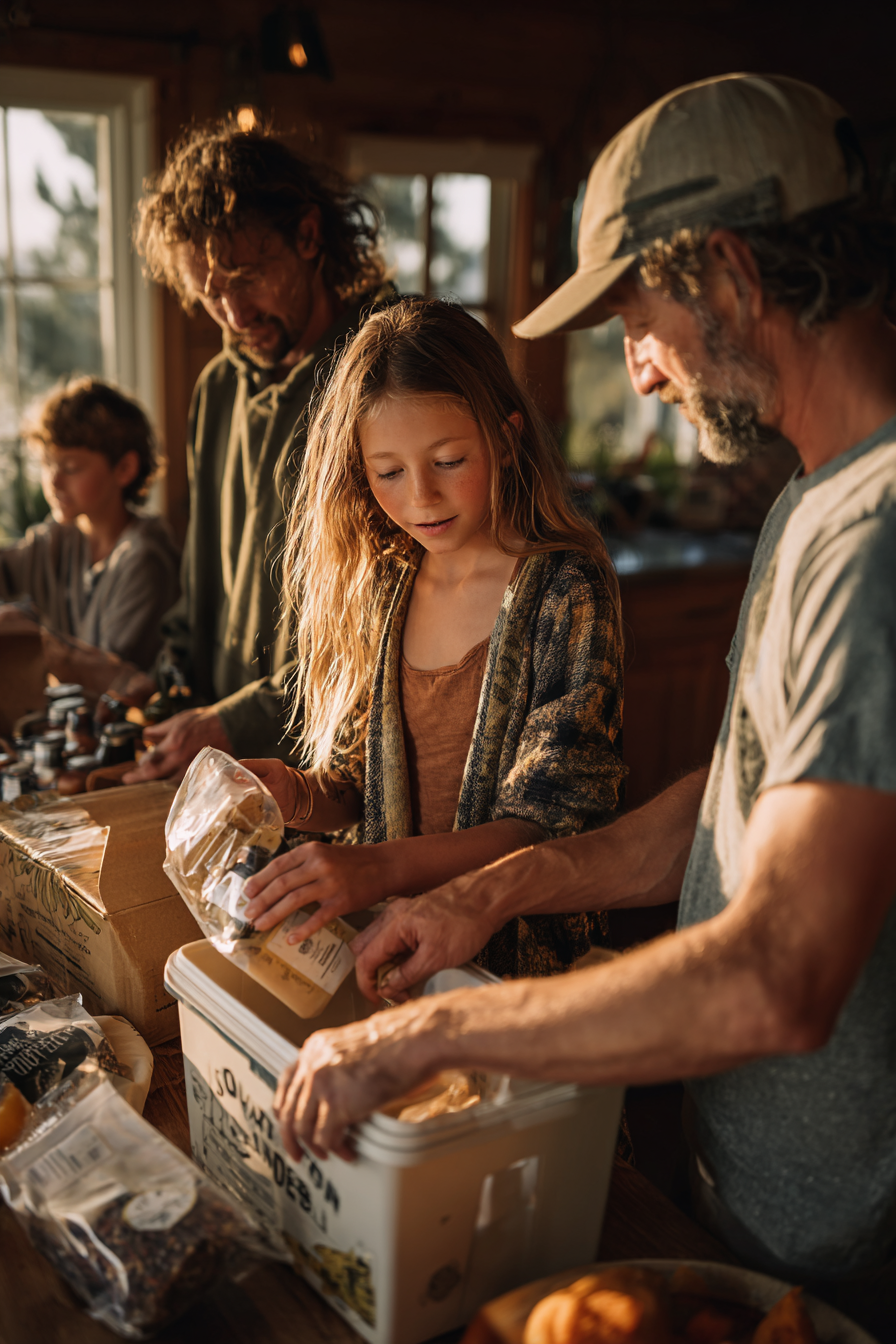
While kits are convenient, every prepper should also master the basics of long-term food storage for true self-reliance.
Why You Need a Survival Food Kit
A survival food kit isn’t a luxury—it’s a necessity. Here’s why:
Long Shelf Life
Most quality kits last 25–30 years when stored properly. That means you can buy once and have peace of mind for decades. However, knowing the survival food shelf life of different items helps you plan more effectively.
Nutritional Value
The best kits provide balanced calories, protein, vitamins, and minerals, helping you avoid the health problems that can arise from eating empty-calorie foods during a crisis.
Convenience Under Stress
In an emergency, you don’t want to worry about cooking from scratch. Most kits only require boiling water and a few minutes of prep to create hearty meals.
Versatility
Food kits aren’t only for survival—they’re great for camping, road trips, or supplementing your pantry during tough financial times.
Psychological Security
Knowing you have food stored relieves anxiety and prevents panic buying when disasters hit. It also keeps family morale higher when meals still taste good and feel familiar.
Top Survival Food Kits for Preppers
Below, we’ve reviewed the top options available this year, analyzing taste, shelf life, cost per serving, and variety.
1. Mountain House Classic Bucket
Shelf Life: 30 years
Servings: 29
Highlights: Includes favorites like beef stroganoff, chili mac, and breakfast skillets.
Why It’s Great: Lightweight, compact, and backed by one of the most trusted freeze-dried food companies. Perfect for beginners or small households.
Mountain House is one of the most trusted names in canned vs. freeze-dried food, making it a reliable brand for long-term use.
2. NutriStore Emergency Food Supply
Shelf Life: 25 years
Servings: Varies (72-hour kits up to 6-month packs)
Highlights: Balanced mix of breakfast, lunch, and dinner meals.
Why It’s Great: Affordable starter option with flexible sizing. Good for testing before making larger investments.
Larger families often choose best survival food buckets for convenience and bulk storage.
3. ReadyWise Emergency Food Supply
Shelf Life: 25 years
Servings: 60 per bucket
Highlights: Easy-to-store stackable buckets, resealable pouches, kid-friendly options.
Why It’s Great: Ideal for families or preppers wanting variety without taking up much space.
4. Augason Farms 30-Day Emergency Food Supply
Shelf Life: 25 years
Servings: Over 300 total
Highlights: Includes entrees, soups, milk, and desserts.
Why It’s Great: One of the most complete month-long solutions. Excellent for households who want to “set it and forget it.”
5. Legacy Premium Food Storage
Shelf Life: 25 years
Servings: Up to 60,000 in bulk packages
Highlights: Non-GMO, larger serving sizes than competitors.
Why It’s Great: Best option for serious preppers building a large reserve.
Want a side-by-side breakdown? Check our Legacy vs. My Patriot Supply review for detailed comparisons.
6. My Patriot Supply 4-Week Kit
Shelf Life: 25 years
Servings: 2,000+ calories per day for 4 weeks
Highlights: Made in the USA, includes breakfasts, entrees, and drinks.
Why It’s Great: Trusted brand in the prepper community with a focus on calorie-rich meals.
7. Valley Food Storage
Shelf Life: 25 years
Servings: Customizable kits
Highlights: Clean ingredients, gluten-free and dairy-free options.
Why It’s Great: Best for households with dietary restrictions.
8. Emergency Essentials Kits
Shelf Life: 25 years
Servings: Varies from small packs to year-long supplies
Highlights: Mix-and-match flexibility, bulk pricing.
Why It’s Great: Great for families who want to tailor kits to specific needs.
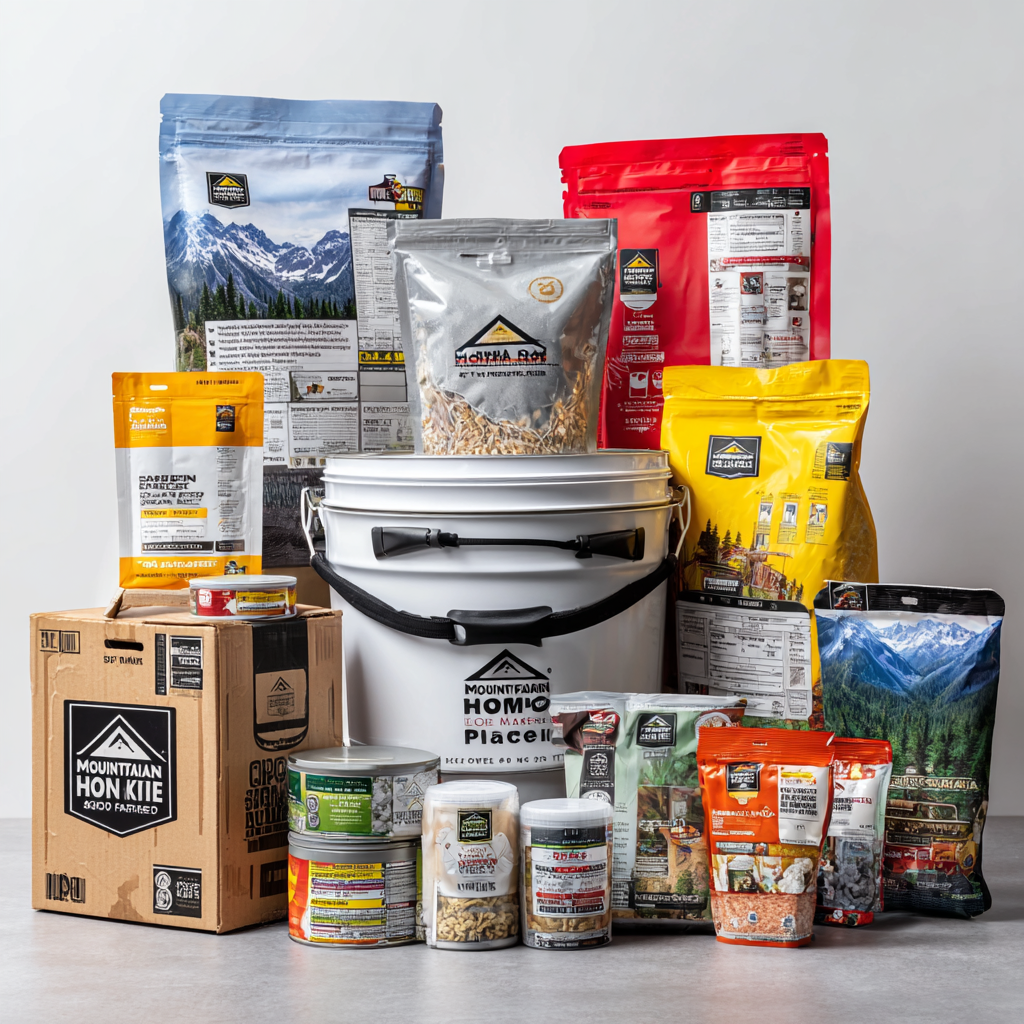
What to Look for in Survival Food Kits
Not all kits are created equal. When evaluating options, keep these factors in mind:
Shelf Life
Aim for 25+ years. Look for packaging with oxygen absorbers and sturdy Mylar or sealed pouches.
Nutritional Quality
Calories aren’t enough—you need protein, healthy fats, and micronutrients. A balanced kit should offer 2,000–2,400 calories per day.
Meal Variety
Eating chili mac every night gets old fast. Kits with soups, pastas, breakfasts, and desserts help prevent food fatigue. Variety also comes from small touches—adding spices for survival cooking can turn bland rations into morale-boosting meals.
Ease of Preparation
In a power outage, simplicity matters. Choose meals that require only boiling water rather than full cooking.
Packaging & Portability
Stackable buckets are great for storage, while resealable pouches are handy for bug-out bags. Think about whether you need food for home storage, evacuation, or both.
Sturdy packaging matters—see our picks for the best food storage containers that keep supplies protected.
Cost Per Serving
A budget-friendly kit might look cheap upfront but provide fewer calories. Calculate the cost per meal or per 100 calories for a true comparison.
💡 Pro Tip: Combine multiple kits from different brands to maximize variety and nutrition.
How to Use Survival Food Kits Effectively
Buying a kit is only the first step. Here’s how to get the most out of your investment:
Store Correctly
Keep kits in a cool, dark, and dry place between 50–70°F. Avoid garages and damp basements.
Layer With Other Food Storage
Survival kits should supplement canned goods, grains, and fresh foods you store yourself. Think of kits as your emergency “insurance policy.”
Dehydrating your own food can be a great complement—see the best portable food dehydrators for preppers for top models.
Practice Before You Need Them
Open and cook a few meals before a crisis. This familiarizes you with prep steps and ensures your family enjoys the taste.
Rotate if Necessary
Even with long shelf lives, it’s smart to check your kits every few years and replace as needed.
Use for More Than Emergencies
Kits are also perfect for camping, hiking trips, or disaster relief donations when others are in need.
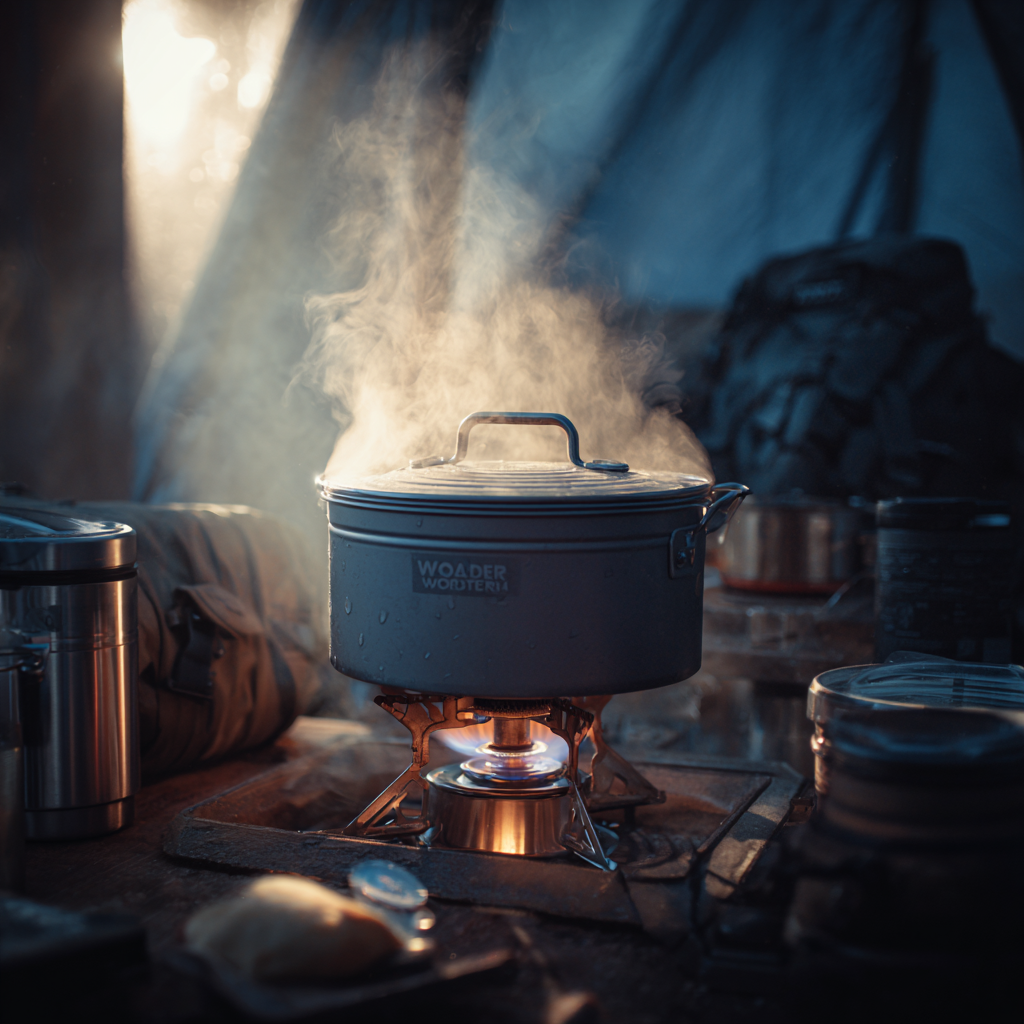
For short-term options, many preppers keep best survival food bars on hand for quick energy. Avoiding common food storage mistakes ensures your investment lasts as long as possible without waste.
Conclusion
Preparedness is about peace of mind—and survival food kits deliver exactly that. Whether you choose a compact 72-hour kit or invest in a year-long supply, the goal is the same: ensuring your family is nourished when it matters most.
In 2025, options are better than ever, with brands offering longer shelf lives, cleaner ingredients, and greater variety. By selecting the right kit for your household, you’ll join the growing number of preppers who understand that being ready isn’t paranoia—it’s responsibility.
Don’t wait until the shelves are empty. Start today by choosing one of the best survival food kits for preppers in 2025, and take the first step toward building a food storage plan that lasts.

